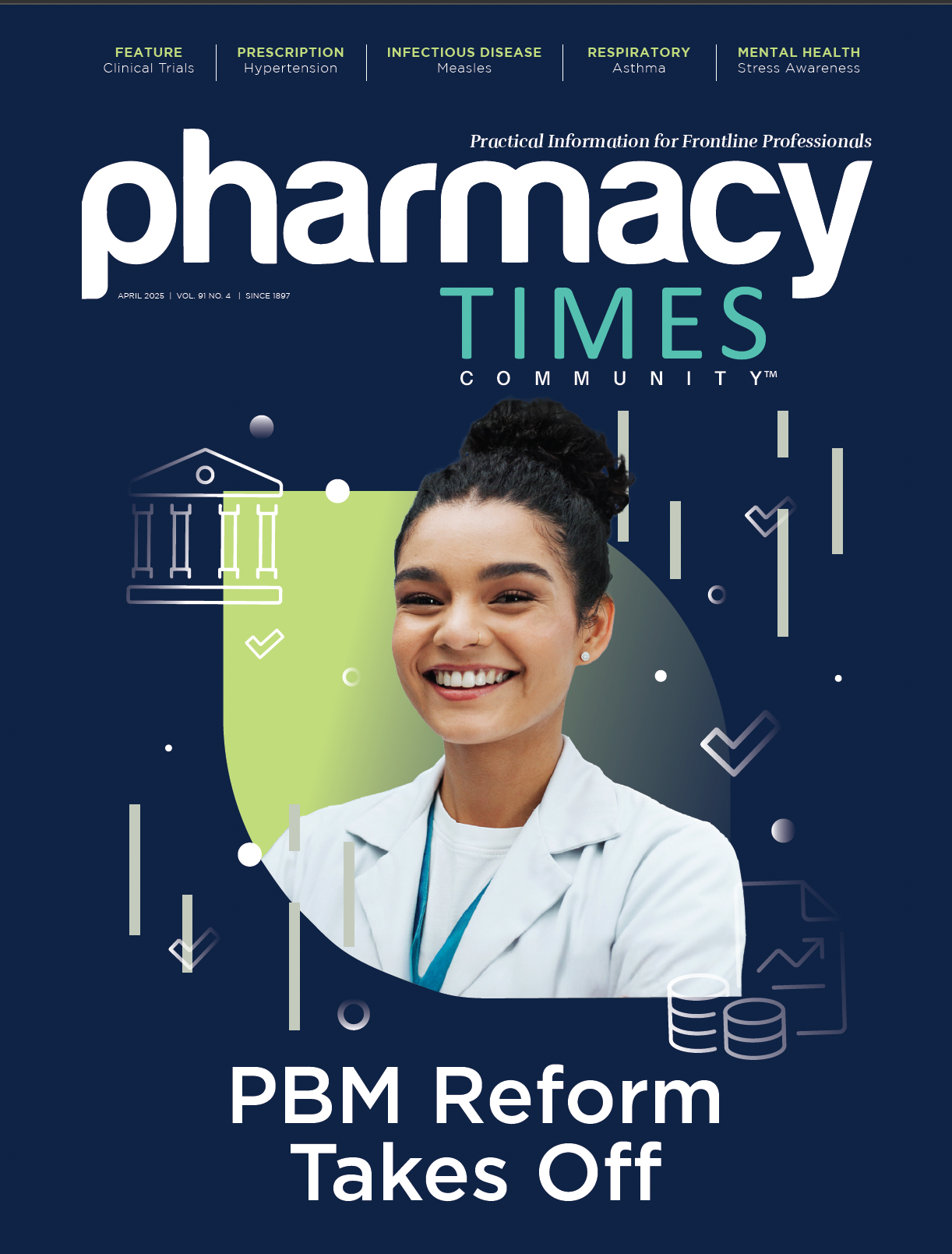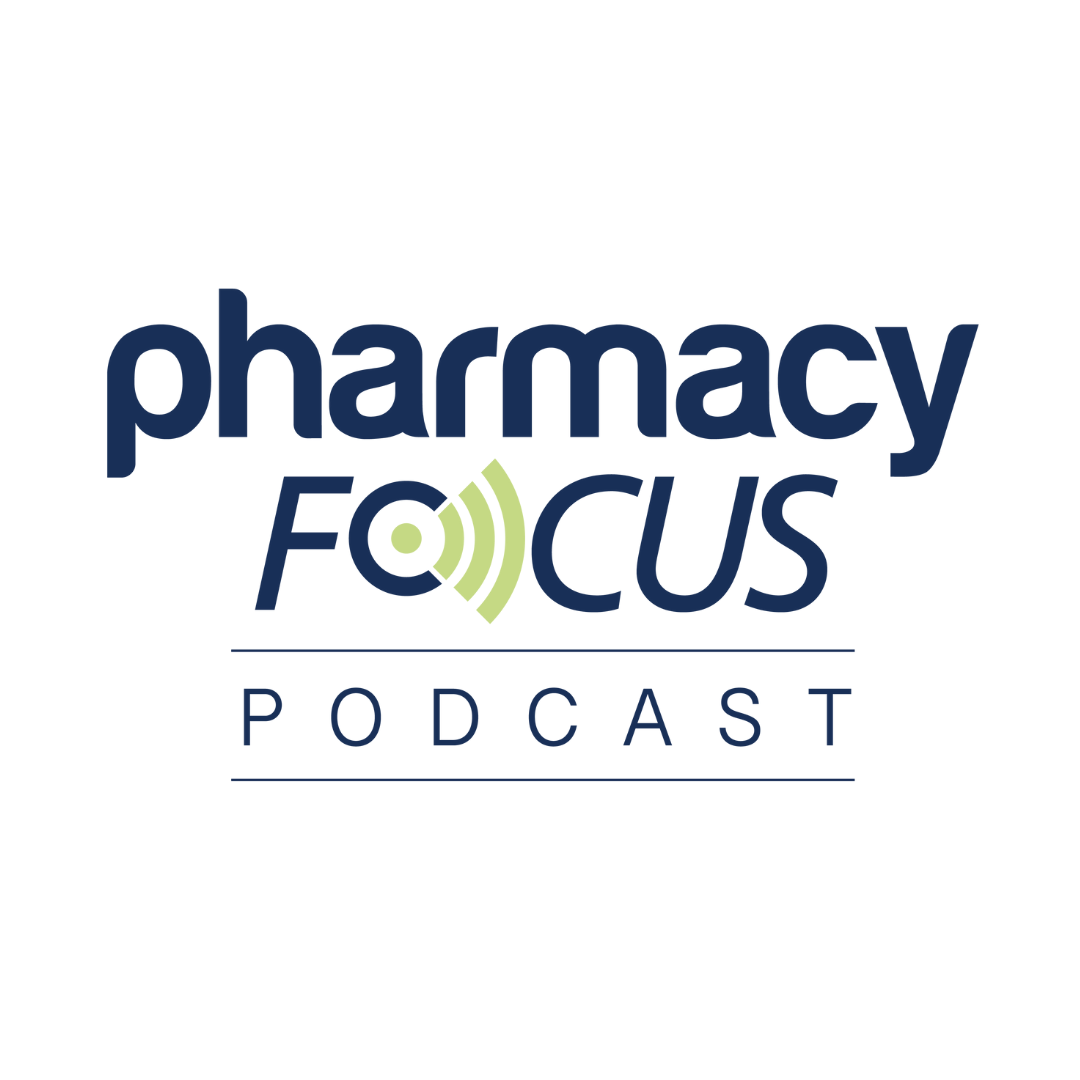Hazardous medications are drugs that may cause serious harm, including cancer, organ toxicity, fertility issues, genetic damage, and birth defects. The National Institute for Occupational Safety and Health (NIOSH), a division of the CDC, conducts research and provides recommendations on hazardous drugs. NIOSH also created a list of dangerous drugs and updates it regularly.
Health care workers may be occupationally exposed to these hazardous drugs and may experience health effects as a result. The hazardous drug list assists employers in providing safe and healthy workplaces by identifying these drugs. However, the list creates no legal obligation for employers.1
NIOSH defines a hazardous drug as a drug that is approved for human use by the FDA Center for Drug Evaluation and Research, is not otherwise regulated by the United States Nuclear Regulatory Commission, and is either accompanied by prescribing information in the package insert that includes the manufacturer’s special handling information to protect workers handling the drug or identified as a carcinogenic hazard, developmental hazard, reproductive hazard, genotoxic hazard, or other health hazard by exhibiting 1 or more of the following toxicity criteria in humans, animal models, or in vitro systems: carcinogenicity, developmental toxicity (including teratogenicity), reproductive toxicity, genotoxicity, organ toxicity at low doses, or a structure and toxicity profile that mimics existing drugs determined hazardous byexhibiting any one of the 5 previously mentioned toxicity types. However, if a drug also exhibits a molecular property that may limit the potential for adverse health effects from exposure to the drug in health care workers, it may be determined to not be a hazard.1
About the Author
Kathleen Kenny, PharmD, RPh, earned her doctoral degree from the University of Colorado Health Sciences Center in Aurora. She has more than 30 years of experience as a community pharmacist and works as a clinical medical writer based in Homosassa, Florida.
Health Risks to Pharmacists
The risk that hazardous drugs present to health care workers and the severity of that harm depend upon a drug’s toxicity, formulation, routes of exposure, and work practices.2 Acute effects can include skin irritation and rashes, eye irritation, nausea, headache, dizziness, and allergic reactions, whereas chronic effects include reproductive problems, cancer risk, organ damage, genetic mutations, developmental effects, and chronic respiratory issues.2
Safe Handling Practices
The Occupational Safety and Health Administration (OSHA), a division of the United States Department of Labor, develops and enforces workplace safety and health regulations. Concerning hazardous drugs, OSHA ensures employees have access to personal protective equipment (PPE) and proper disposal methods for hazardous materials.3
It is the employer’s responsibility to provide any necessary PPE and train personnel on its proper use. PPE may include double chemotherapy gloves, protective gowns, face and eye protection, and respiratory protection.4
Administrative controls encompass workplace policies, procedures, and practices that reduce the risk of exposure to hazardous substances.5 These controls include safety policies, work schedules, training, and signage.
Furthermore, engineering controls reduce the risk of exposure to both workers and the environment.6 These types of controls include the use of biological safety cabinets, closed system transfer devices, negative pressure rooms, and proper ventilation systems.
Finally, effective practice controls not only safeguard health care staff but also create cost savings by avoiding workplace injuries and illnesses. By implementing work practices alongside administrative and engineering controls, a safe and healthy work environment can be achieved.7 These practices include designated preparation areas, proper cleaning procedures, spill management protocols, and waste disposal procedures.
Risk Management and Prevention
Effective risk management requires 4 elements2:
- Hazard identification: NIOSH primarily manages hazard identification. However, some drugs may have entered the marketplace after the list was assembled. In these cases, the assessment of new medicines is the responsibility of facilities
- Exposure assessment: Exposure can occur through inhalation, skin or mucosal membrane contact, ingestion, or accidental injection. Pharmacists and pharmacy technicians may also be exposed to hazards when these drugs are present on work surfaces, drug containers, clothing, and equipment.
- Risk assessment: Risk assessment is facility specific. The risks are determined by considering the hazards, the probability of exposure, probability of exposure causing adverse health effects, and the severity of the health effects caused by exposure.
- Risk management plan: A risk management plan uses hazard identification, exposure assessment, and risk assessment to identify points of intervention to moderate exposure and reduce employee risk.
Prevention can be done in a variety of ways.
Training on hazardous drugs includes safe handling, spill response, and waste disposal. Training programs are available online and are available as continuing education.
Monitoring exposure can include techniques such as surface wipe testing to detect drugs on surfaces, biological monitoring through urine and/or blood tests, and air sampling to detect and measure airborne drug particles.8
Medical surveillance has been successful as secondary prevention for early detection of adverse health effects. Medical surveillance is a procedure in which several types of data (medical/occupational history, physical examinations, laboratory results, and biological monitoring) are obtained, monitored, and evaluated to minimize adverse health effects on employees.9
Finally, detailed written procedures are a key part of preventing exposure to hazardous drugs. These procedures outline the proper handling, storage, and disposal of hazardous drugs. They also detail cleaning and maintenance procedures.9
It is important to note that this is an overview and that specific drugs may require additional precautions.
Always consult current NIOSH guidelines and institutional protocols.
REFERENCES
1. NIOSH List of Hazardous Drugs in Healthcare Settings, 2024. CDC National Institute for Occupational Safety and Health. December 2024. Accessed March 7, 2025. https://www.cdc.gov/niosh/docs/2025-103/pdfs/2025-103.pdf?id=10.26616/NIOSHPUB2025103
2. Managing Hazardous Drug Exposures: Information for Healthcare Settings. CDC National Institute for Occupational Safety and Health. April 2023. Accessed March 7, 2025. https://www.cdc.gov/niosh/docs/2023-130/2023-130.pdf?id=10.26616/NIOSHPUB2023130
3. Power LA, Coyne JW. ASHP guidelines on handling hazardous drugs. Am J Health Syst Pharm. 2018;75(24):1996-2031. doi:10.2146/ajhp180564
4. Kennedy K, Vu K, Coakley N, et al. Safe handling of hazardous drugs. J Oncol Pharm Pract. 2023;29(2):401-412. doi:10.1177/10781552221135121
5. Administrative controls. Safeopedia. Updated March 18, 2024. Accessed March 7, 2025. https://www.safeopedia.com/definition/5109/administrative-controls
6. Engineering controls for the safe administration of hazardous drugs. Safe Handling of Hazardous Drugs. 2021. Accessed March 7, 2025. https://safehandlingofhazardousdrugs.com/wp-content/uploads/2021/12/AP2176-SHHD-Key-paper-evaluation-November-v3-1.pdf
7. McCormack M. OSHA work practice controls: ensuring safety in the workplace. Compliancy Group. November 13, 2023. Accessed March 7, 2025. https://compliancy-group.com/required-osha-work-practice-control/
8. Hon CY. Side-by-side comparison of methods for environmental monitoring for hazardous drug contamination. Can J Hosp Pharm.2023;76(2):87-93. doi:10.4212/cjhp.3275
9. Medical surveillance for healthcare workers exposed to hazardous drugs. CDC National Institute for Occupational Safety and Health. November 2012. Accessed March 7, 2025. https://www.cdc.gov/niosh/docs/wp-solutions/2013-103/pdfs/2013-103.pdf








